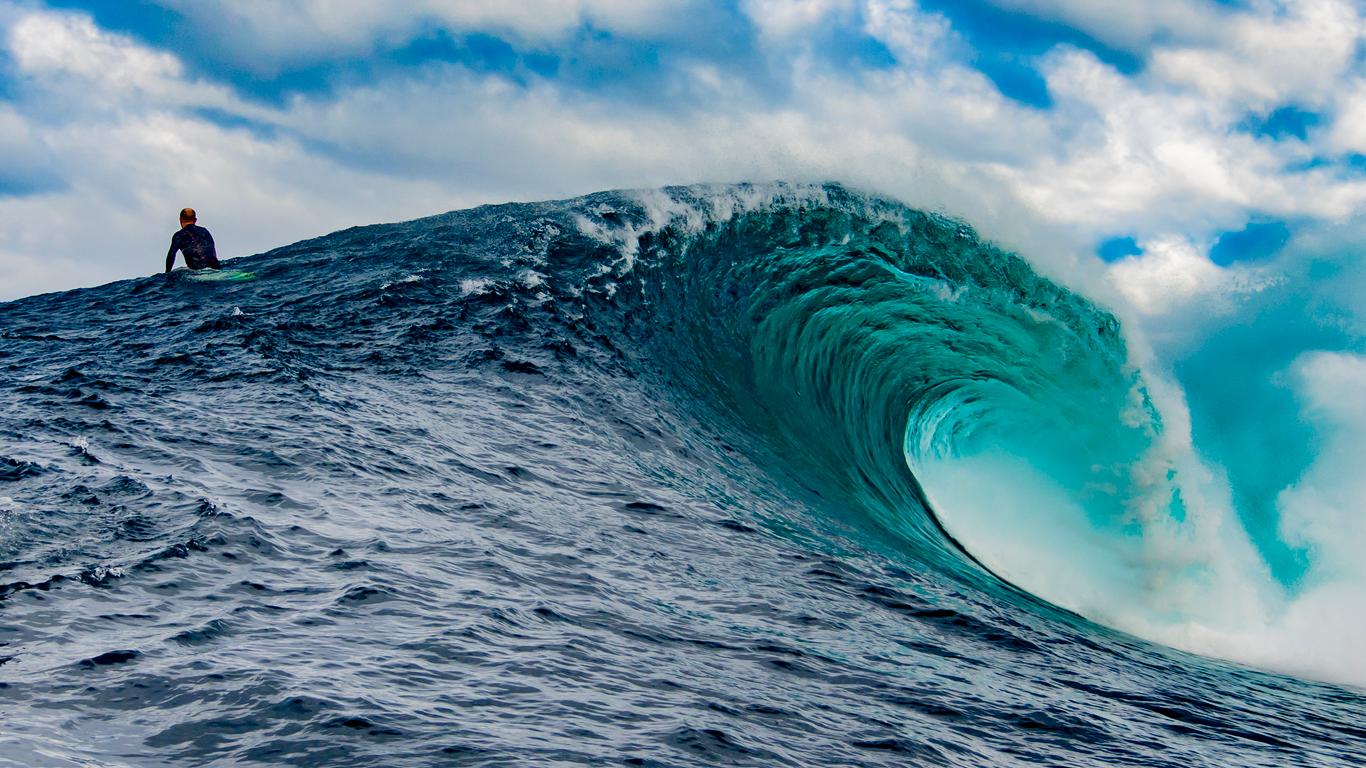Located across Bass Strait at the bottom of Australia, Tasmania is the country’s southernmost and only island state. It’s affectionately referred to as the “Apple Isle”, with its spectacular wilderness areas making it a popular destination for outdoor enthusiasts to hike, kayak and surf, and a flourishing gastronomic scene.
Tasmania’s capital Hobart nestles in the south of the island at the base of Mount Wellington/Kunanyi and is famed for its cutting-edge Museum of Old and New Art and the Salamanca Market selling locally-produced handicrafts. To the south lies the Port Arthur Historic Site which operated as a convict penitentiary between 1830 and 1877, and today offers a glimpse into the harsh life for inmates within its beautifully-preserved sandstone buildings. The Tasman National Park sprawls around, with dramatic dolerite cliffs carved by the stormy seas into unusual geological formations, and remote beaches and bluffs offering legendary big wave surf. Past the picturesque apple growing region of the Huon Valley, the road meanders south to Cockle Creek and the remote Southwest Wilderness, which can also be visited from its northern entrance near Lake Pedder, famed for the pivotal role it played in Australia’s environmental movement. Cradle Mountain-Lake St Clair National Park lies in the centre of the island and boasts extensive areas of ancient rainforest and glacial-carved lakes within its alpine landscapes, best experienced on the iconic Overland Track. To the north, the largest temperate rainforest in the world is protected within the Tarkine Wilderness Area, while Freycinet National Park and its picture-perfect Wineglass Bay remain one of Tasmania’s most spectacular natural highlights along the stunning East Coast.
Both Hobart and Launceston airports provide major entry points to Tasmania, with smaller airports at Burnie and Devonport, as well as on both King and Flinders Islands to the north. There’s also a car ferry service from Melbourne to Devonport, with most visitors opting to self-drive to access the national parks for which Tasmania is famed.
Prior to the arrival of Dutch explorer Abel Tasman in 1642, who named the island Van Diemen’s Land after his sponsor, Tasmania was occupied by Aboriginal people for up to 40,000 years. It was established by the British as a penal colony in 1803, and its name was changed to Tasmania in 1856.





